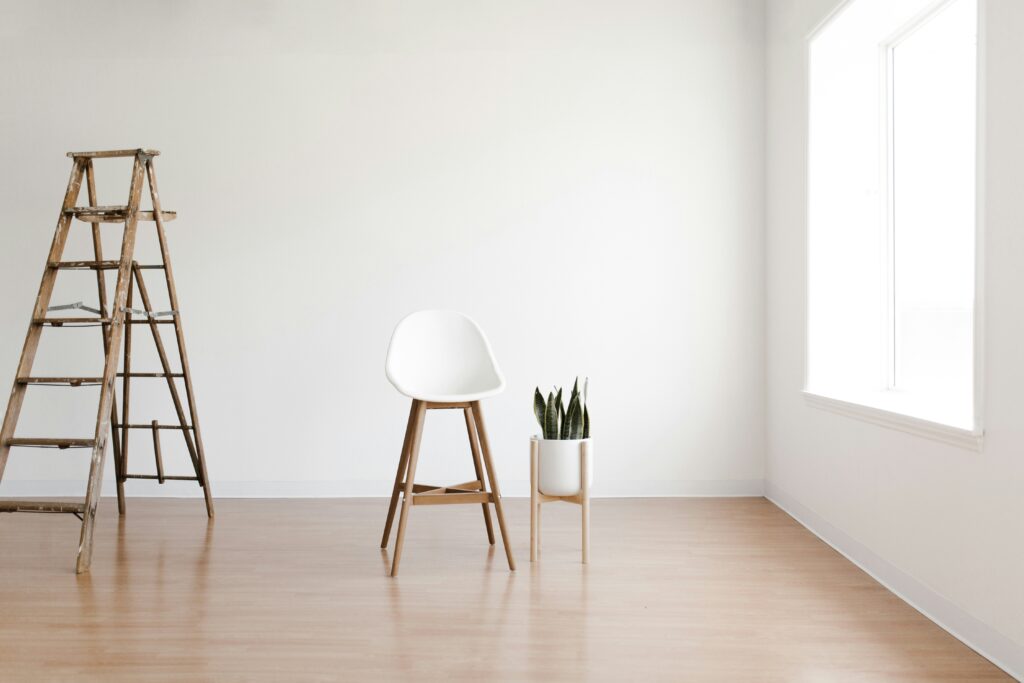For years, precariousness has been part of the cultural landscape. However, the freelance model and collaborative projects are gaining ground as viable alternatives more aligned with today’s lifestyles. Being independent today means much more than mastering an artistic discipline: it also requires management, communication, and strategic skills, as well as a clear understanding that creative practice is, in many cases, a personal or collective enterprise. Knowing how to budget, negotiate, manage time, communicate the value of one’s work, and nurture relationships within the artistic ecosystem has become essential.
At Artepreneur, we observe how this evolution generates new needs: training in creative leadership, peer support networks, and guidance to navigate between the artistic and the entrepreneurial. Working independently can be liberating, but it also requires a mindset prepared to sustain both creativity and sustainability. The search for stability is no longer just about having a permanent job, but about building a career with purpose, community, and autonomy.
In this context, shared spaces dedicated to art have become fundamental allies. In cities such as Madrid, Barcelona, Buenos Aires, and Mexico City, creative coworkings not only provide a physical space but also the possibility of becoming part of an active collaborative network. Spaces like La Escocesa and La Manual in Madrid show how sharing a studio can turn into an experience that fosters innovation, collective learning, and a sense of community.
These environments make it possible to create without isolation, connect with other professionals, access shared resources, and explore interdisciplinary collaborations that combine art, technology, and sustainability. A recent report by the European Creative Hubs Network highlights how these cultural coworking spaces are strengthening Europe’s creative fabric, offering new employment opportunities, and promoting more human-centered work models. Working in community is not only a practical option but also a response to the loneliness and fragmentation that often accompany artistic work.
The labor trends that will shape 2025 in the creative sector revolve around three key axes: digitalization, community-building, and the search for purpose. The digital environment has opened up a wide range of opportunities to showcase work, sell, access online training, or build a personal brand. But it also requires professionalizing communication and strategically managing one’s digital presence. Having a regularly updated website consistent with one’s professional identity has become a key tool for consolidating a career.
Working independently does not mean working in isolation. The creation of professional communities—both physical and digital—has become an essential pillar of cultural development. Joining creative networks, mentorship programs, or sector associations makes it possible to expand opportunities, share learning, and build mutual support. Authentic connections and peer collaboration are fundamental to sustaining motivation and opening new paths for growth.
Moreover, more and more art professionals are integrating values of sustainability, inclusion, and well-being into their practice. This pursuit of coherence between the personal and the professional marks a clear trend: success is no longer measured only in recognition, but in balance and purpose. Incorporating these values transforms not only the way art is produced but also how professionals relate to their environment, audiences, and the artistic community.
Art is not immune to global changes. Digitalization, mobility, and the desire for independence have transformed the way we work, but they have also opened new possibilities for making a living from art without giving up stability or well-being. New generations seek autonomy, collaboration, and purpose, and this combination of flexibility and community seems to be the path toward a more sustainable cultural future.
At Artepreneur, we continue to support this evolution with content, consulting, and opportunities that strengthen professional development in the artistic and creative sector.

